
 Mr. Higginson’s Transfusion Instrument
Mr. Higginson’s Transfusion Instrument Kimpton-Brown Tube
Kimpton-Brown Tube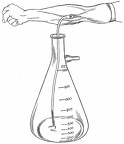 Drawing Blood for Transfusion
Drawing Blood for Transfusion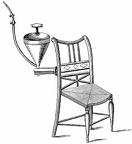 Blundell’s Impellor
Blundell’s Impellor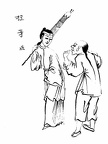 The Infallible Remedy
The Infallible Remedy Reducing Dislocated Shoulder
Reducing Dislocated Shoulder Reducing Dislocated Jaw
Reducing Dislocated Jaw Illustrating Galen’s physiological teaching
Illustrating Galen’s physiological teaching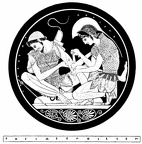 Achilles bandaging Patroclus,
Achilles bandaging Patroclus, A Greek Clinic of 400 BC
A Greek Clinic of 400 BC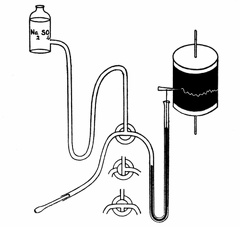 Manometer for measuring Blood-Pressure
Manometer for measuring Blood-Pressure Sphygmograph
Sphygmograph Thirteenth-century hospital interior
Thirteenth-century hospital interior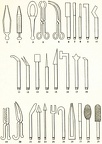 Surgical instruments of the Arabs
Surgical instruments of the Arabs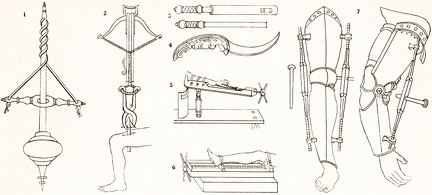 Medieval Surgical instruments
Medieval Surgical instruments Brunschwig’s surgical armamentarium
Brunschwig’s surgical armamentarium Amputation below the knee
Amputation below the knee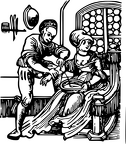 Bloodletting
Bloodletting Wet Cupping for a headache
Wet Cupping for a headache W. D. Hooper’s patent cupping apparatus with tubular blades
W. D. Hooper’s patent cupping apparatus with tubular blades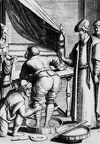 Scarification without cupping in Egypt
Scarification without cupping in Egypt R. J. Dodd’s patent cupping apparatus
R. J. Dodd’s patent cupping apparatus Patent for a complex cupping pump
Patent for a complex cupping pump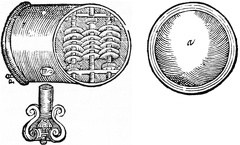 Paré’s scarificator
Paré’s scarificator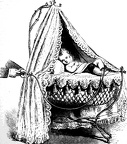 Junod’s boot applied to a baby in the cradle
Junod’s boot applied to a baby in the cradle Instruments for bleeding from the arm, 1708
Instruments for bleeding from the arm, 1708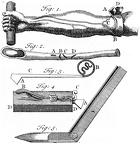 Instruments and technique of phlebotomy
Instruments and technique of phlebotomy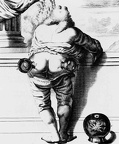 Dry cupping for sciatica
Dry cupping for sciatica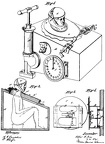 Depurator patented by A. F. Jones, 1866
Depurator patented by A. F. Jones, 1866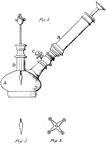 Demours’ device for combining cup, scarifier and exhausting apparatus
Demours’ device for combining cup, scarifier and exhausting apparatus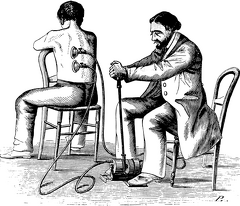 Damoiseau’s terabdella
Damoiseau’s terabdella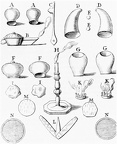 Cupping Instruments
Cupping Instruments An early illustration of the octagonal scarificator
An early illustration of the octagonal scarificator Advertisement for phlebotomy and cupping instruments
Advertisement for phlebotomy and cupping instruments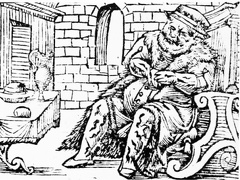 A man employing leeches to reduce his weight
A man employing leeches to reduce his weight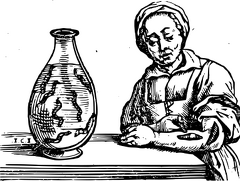 Woman using leeches
Woman using leeches Chair to assist in straightening of the spine
Chair to assist in straightening of the spine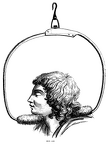 Steel Bow to diminish curvature of the spine
Steel Bow to diminish curvature of the spine



